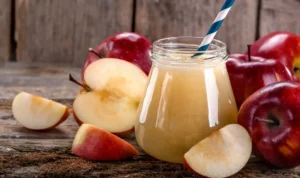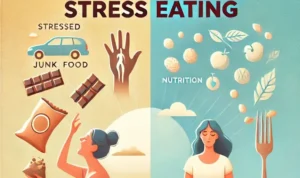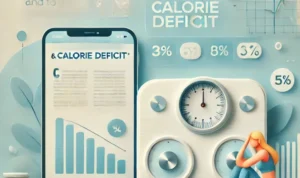Table of Contents
ToggleTo eat healthily surely is not an arduous task. By simply knowing your portion sizes and meal choices, you will be able to achieve ideal body shape and health.
You will definitely be fooled by some misleading statements about eliminating certain healthy nutrients from your diet which surely is not the case. You do not have to skip anything from your diet. EAT EVERYTHING BUT NOT EVERYTHING! This phrase means that you have to eat from all of the food groups but in controlled amounts.
So let’s discuss the guidelines on how to eat healthy.
GOOD CARBS:
Know your carbs! Eat good carbs instead of unhealthy ones. Now the question arises about good carbs. They are whole grain carbs including whole wheat cereals.
PROTEINS:
Eat the leaner portions from the protein group including lean meat cuts, skinless chicken, and beans being the most beneficial.
Also Read: 120g Protein Plan for a Day
HEALTHY FATS:
A NO to Saturated fats and a YES to unsaturated fats is the fundamental point.
Saturated fats include ghee, vegetable oils, and butter.
Unsaturated fats are plant oils, nuts, and fish.
FIBER:
Fiber is the magic here. So you should be looking for fiber fiber-rich diet for your body to function properly.
The foods including high fiber include fruits with skins, vegetables, and whole wheat grains.
COLORFUL PLATE:
The more the colors on your plate, the healthier will be your diet.
This means including plenty of colorful fruits and vegetables on your plate. They are loaded with wholesome amounts of antioxidants, vitamins, minerals, and fibers that are the key to a healthy life.
CALCIUM:
Calcium is needed for many important functions in the body, strong bones and teeth being the one.
Milk may be considered the best source but that is not the case. KALE is the burst of calcium having more amounts as compared to milk.
HYDRATION:
The ultimate guide to perfect body shape, functioning, hair, nails, skin, and many more, is hydration.
Follow your dietitian’s guidelines religiously about hydration which will ultimately do wonders for you.
Avoid other drinks like sugary beverages to quench your thirst rather than count on your water glasses.
SALT:
If you are unable to track the problem, then salt might be your culprit.
Eat lesser salty products and cut down your table salt.
Include more fresh foods rather than processed and preserved foods and packaged products.
MULTIVITAMIN:
if you are not taking the right amounts of vitamins and minerals, you might notice some health deterioration.
So better include multivitamins in your diet to fulfill the requirement.
Supplementation of vitamin D and B group may show some extraordinary improvement in your health.
Also Read: Vitamin D-Rich Foods You Need
SERVINGS PER DAY:
- 3-4 servings of vegetables including green vegetables in bulk (half of your total plate)
- 4-5 servings of fruits (fruits with skin for fibers)
- 7-11 servings of grains (whole grain bread, rice, pasta, cereals like wheat, barley or oatmeal)
- 3 cups dairy (fat-free or low-fat)
- 3 servings of proteins ( lean meats, fish, chicken, eggs, beans, lentils)
- Oils (very small quantity)






